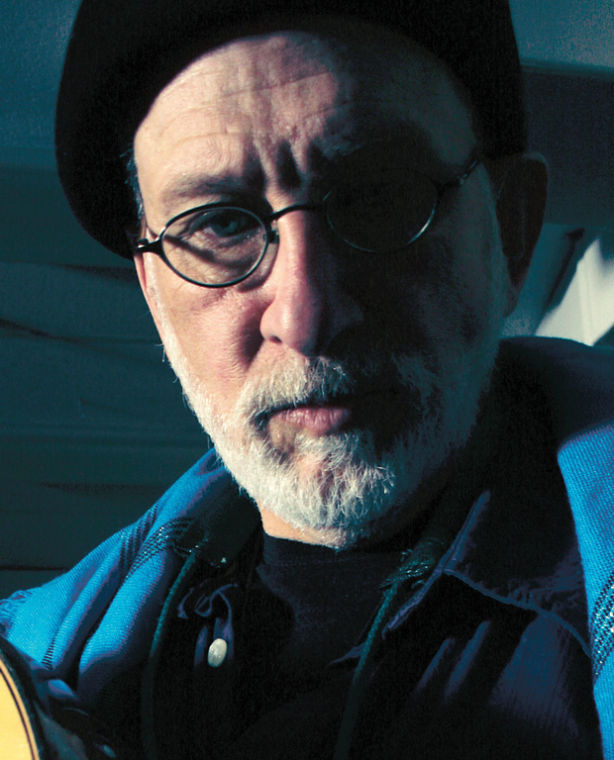In remembrance of Rabbi Zalman Schachter-Shalomi
Published July 9, 2014
I first met Reb Zalman (that’s what we called him) not long after my ordination more than 30 years ago. It was at a conference, a gathering of people like me, all coming in from somewhere else, and Reb Zalman was the one who made a home for us.
He was a wise Zayde. As he grew older, he liked the image of Zayde. He was your spiritually switched-on Zayde, quoting from the philosophers, transpersonal psychology, quantum dynamics, Dylan and the Lubavitcher Rebbe.
He was born in Zholkiev, Poland, and spent most of his childhood in Vienna. His family began their trek eluding the Nazis, a long road through Belgium, France, the Caribbean, finally landing in New York in 1941. He attended the Central Lubavitch Yeshiva (Tomchei Temimim) and was launched into his profession by 1947.
Reb Zalman and Rabbi Shlomo Carlebach received blessing from the sixth Rebbe of Lubavitch, Rabbi Yosef Yitzchak Schneersohn, to bring outreach onto college campuses. We Jews could have pulled our tent pegs in after the great trauma of the Shoah, but Reb Zalman became one of the forces that opened up and out and made the tent larger.
Reb Zalman was smart and he knew how to listen. He earned a master’s degree from Boston University in pastoral care. He did his doctor of divinity degree at Hebrew Union College, the Reform training ground of rabbis, on the subject of the Hasidic encounter of Hasid and Rebbe called yechidus.
Reb Zalman took a position at the University of Manitoba in Winnepeg. He later served on the faculty of Temple University, the Reconstructionist Rabbinical College and eventually held the World Wisdom Chair at the Naropa Institute in Boulder, Colo., the only accredited Buddhist-inspired institution of higher education in the Western hemisphere. He was buried in Boulder on Friday, July 4.
Reb Zalman integrated with great attentiveness into every phase of his life; he lived in Being more than in definition. We are all transdenominational, he said. Being will require our full attention and creativity. In his later years, he taught often about what he called “sage-ing,” spiritual eldering, a consciousness deepening approach to the later years in life.
What brought people to him was creativity. He was clever with ritual, with music, with prayer and with all the traditional forms of Jewish practice. He went right to the heart through the creativity of the spirit. Every action was an opportunity for deepening and renewing. Thus his non-institutional, anarchic non-movement became known as Jewish Renewal. He founded the ALEPH Ordination Program, OHALAH: the Association of Rabbis for Jewish Renewal, and ALEPH: Alliance for Jewish Renewal.
He worried about who would lead after him. “It’s not so much about leadership I’m worried about,” he said, “We are leaderful. I am worried about Chevruta [community]; how you will treat each other after I’m gone.”
Renewal resisted institutionalizing as a movement not so much out of philosophy but out of organic growth, because it emerged out of teachings. People came to the kallot, study meetings, that were organized in different locations every two years because the teachings were evocative. Those of us who attended were hungry for the deep teachings that Reb Zalman brought down; he demonstrated how to teach the soul.
I think the hidden engine to Reb Zalman’s influence was a synthesis of modern psychology, a spirituality coherent with other world spiritualities, a commitment to traditional Jewish forms, egalitarianism, and a delight in building on the inherited images of the past with innovation and panache. I noticed it the first time I attended the kallah: The music was better, the teachings more inwardly drawn and life-altering – from the heart to the heart.
In traditional music, you learn the forms and then you improvise over them. That’s what it was like in Reb Zalman’s circles: two commitments, one to the tradition – the Jewish people and the whole-house approach to Judaism – and one to innovation. That became the dynamic that made Reb Zalman one of the most influential Jewish teachers I knew.
He raised up many students; we are all over the world. He was a wellspring for his students, and many of us drew from him frequently.
We were taught by Reb Zalman to be resourceful, to be innovative, to be respectful of our inherited gifts, to lift a light into the house we have inherited remembering that in the building of the sanctuary in the Wilderness, we were instructed to lift up a light (Numbers 8:1).
That’s what Reb Zalman taught: The light will need a little lift.















